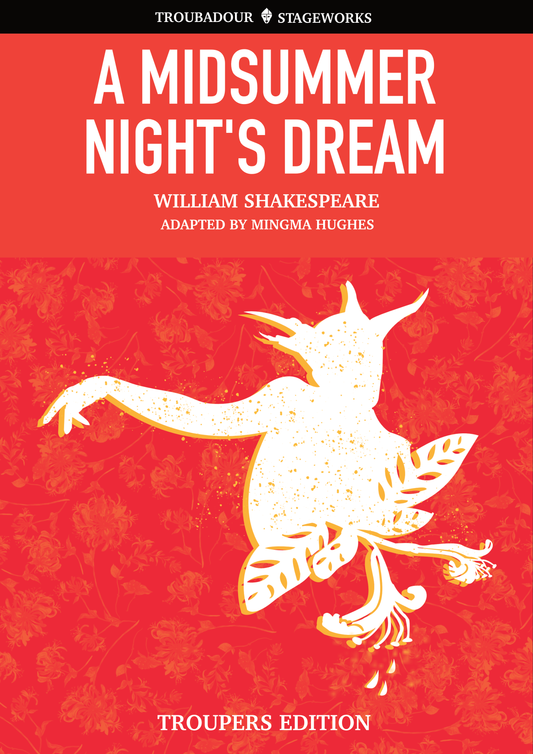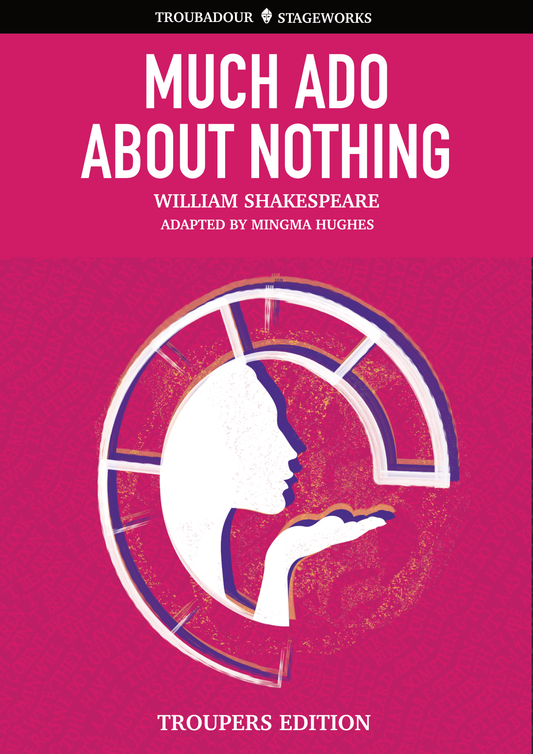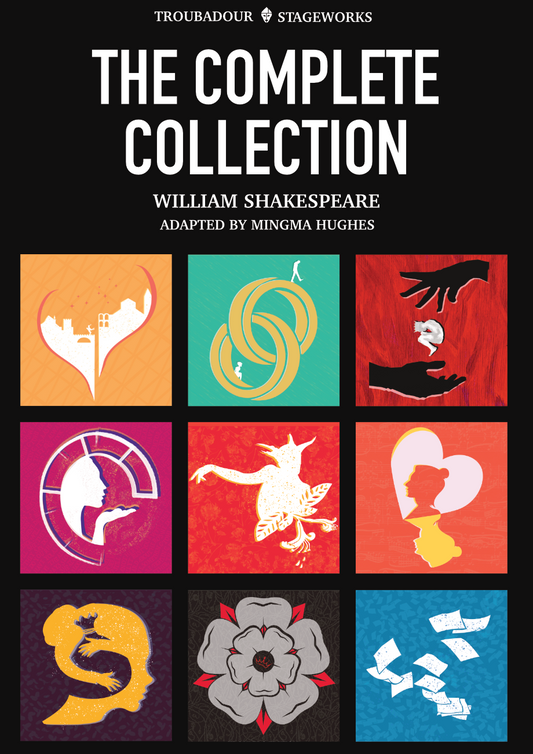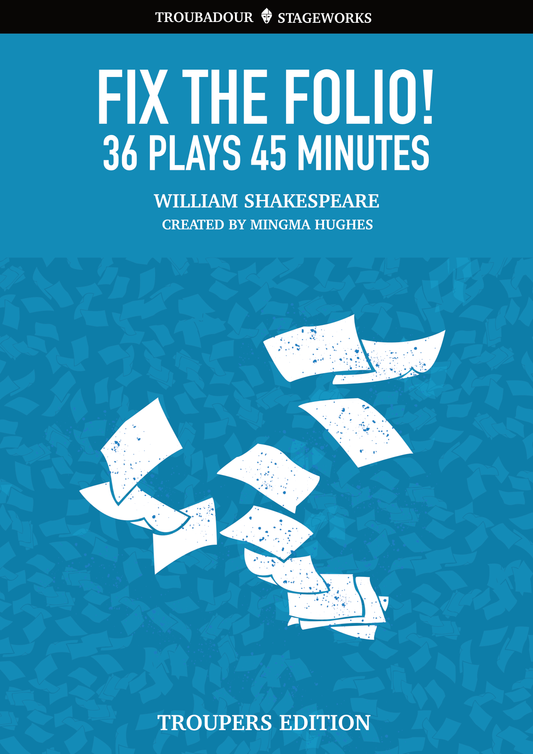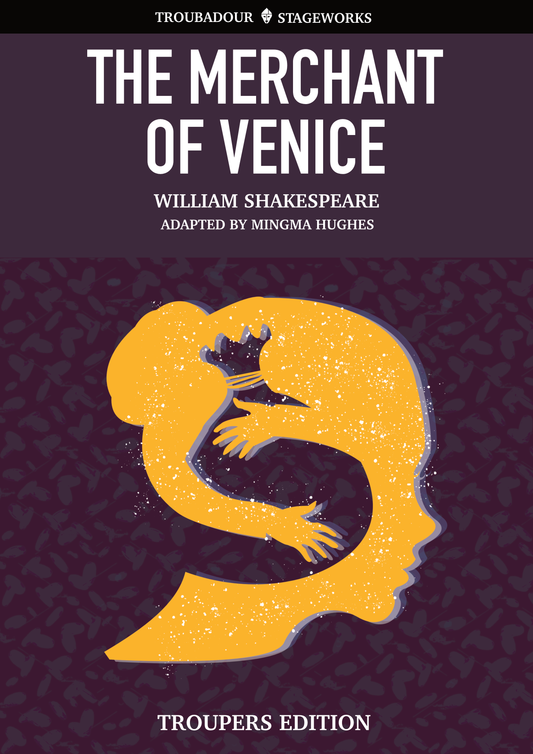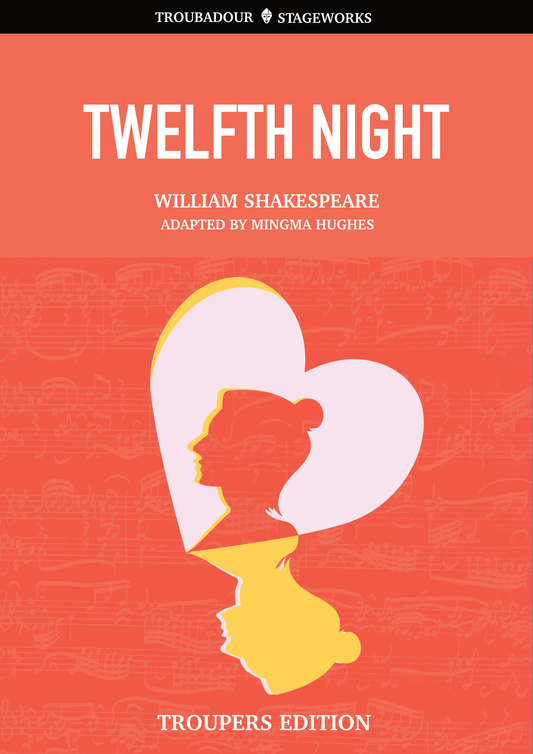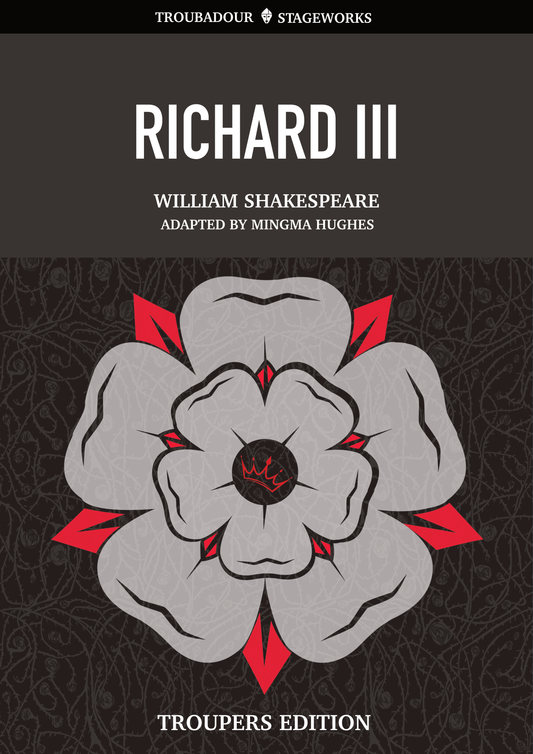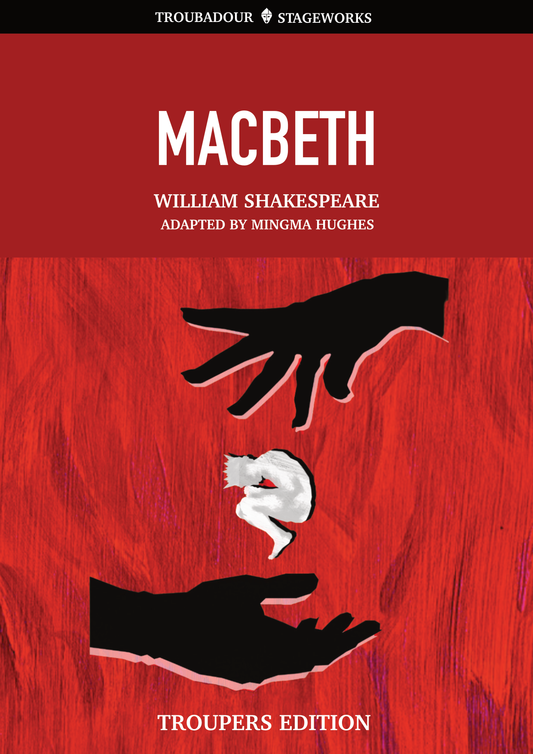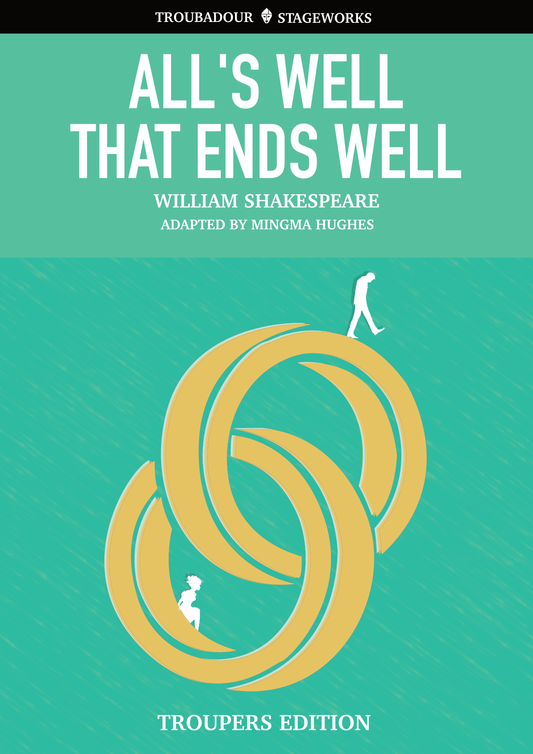Katherine of Sutton was not your average nun. For one thing she was the Abbess of Barking Abbey from 1358 to 1376 - a very powerful position for a woman in medieval times. It would likely have given her power over her not just own convent, but over the surrounding lands and secular community affairs as well. It was this power which made the first female playwright we know of in England.
As you might expect, the church played a far more central role in communities in the 14th Century than it does today. A year-round calendar of events and traditions placed the church at the heart of people’s lives beyond purely religious matters - some churches hosted markets, town meetings, or were even used for community food storage.
One fixture in this calendar was liturgical theatre - where stories from the Bible would be performed in a way that was more accessible to the widely illiterate communities than the Latin church services were. The scenes often had traditional orders and ways of being done, passed down by previous religious leaders, with each church’s version of liturgical theatre being slightly different.
One of the most important play cycles of the year was the Easter Plays - as they were designed to reinvigorate the community’s faith in the resurrection story which is so central to Christianity. However, in Barking they had a problem; the plays were incredibly boring. Or at least Katharine thought so, and she decided she could probably do better.
First and foremost, she changed the traditional order of the scenes to make the performance more interesting for the audience by emphasising the parts of the story that were most exciting to watch. She also decided to include sections of the story which were rarely performed, but which captured the audience’s attention, most notably choosing to perform Jesus’s descent into hell.
It wasn’t only the script Katherine changed either - she had nuns, as opposed to male stewards, playing the patriarchs of the church - a move which appears rather subversive, as this is the only known record of this happening in England at the time.
Katherine’s versions of the plays were preserved by her successor, and managed to survive the Reformation, when many Catholic records were lost or burned. As they were preserved with the intention of being performed continually, they still include detailed stage directions, which make it clear that Katharine of Sutton was also both directing and acting in these productions.
She was incredibly before her time; few women in the 14th Century had the time, means, or literacy to even think about making any kind of creative work, let alone taking on a rewrite of a deeply traditional religious performance. The fact that Katherine of Sutton decided she could do so, and that she did so in a way which empowered the other nuns in her convent, makes her an incredibly significant figure when thinking about the history of women shaking up theatre.
This post is part of our series on early women playwrights, with a new article being released weekly. Follow @troubadourstageworks on Twitter, Instagram, and Facebook to stay up to date with the latest content.
Feel like there’s a cool theatre lady we ought to know about? Tweet the deets to @troubadourstageworks - we’d love to hear from you!
Written by Jasmine Silk
Artwork by Jasmine Silk


